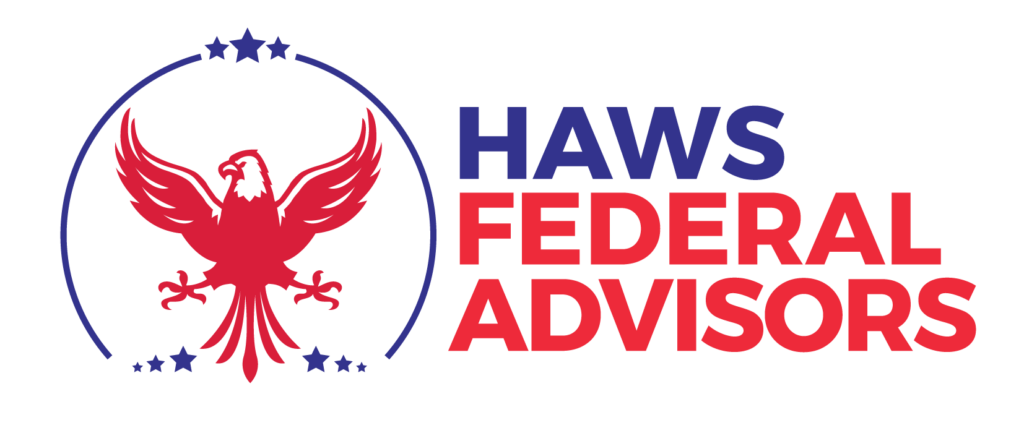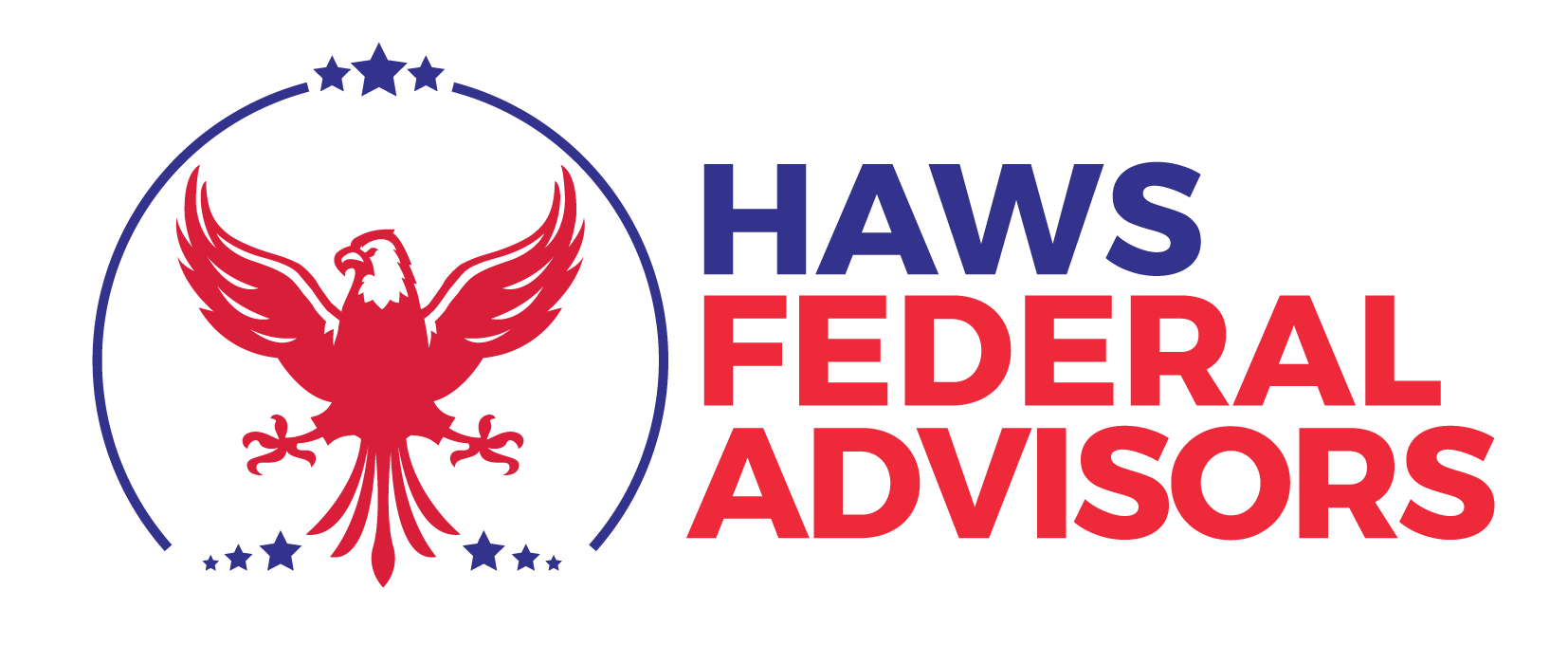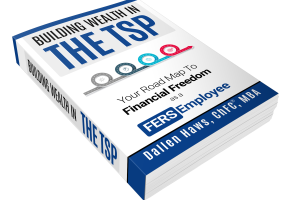Many federal employees dream of retiring as early as possible while still enjoying the full range of their retirement benefits. The Federal Employees Retirement System (FERS) offers several pathways to retirement, each with its own qualifications and trade-offs. In this guide, we’ll break down the key types of federal retirement options and what you need to know to plan effectively.
Full Retirement
The most desirable option for most federal employees is a full retirement, which allows you to receive maximum benefits, including your pension, health insurance (FEHB), life insurance (FEGLI), dental/vision coverage, and possibly the FERS supplement. To qualify for full retirement, you must meet one of the following criteria:
MRA (Minimum Retirement Age) or older with at least 30 years of service
Age 60 or older with at least 20 years of service
Age 62 or older with at least 5 years of service
For most federal employees, the Minimum Retirement Age (MRA) is 57, though some may qualify slightly earlier depending on their birth year. Refer to the following chart to determine your specific MRA:
For employees retiring with a full retirement and before age 62, the FERS supplement bridges the gap until you become eligible for Social Security benefits. This monthly payment can significantly enhance your financial security during early retirement. For more information about the FERS supplement, check out this article.
Early Out Retirement (VERA)
The Voluntary Early Retirement Authority (VERA) is an option for employees when their agency is downsizing or eliminating positions. VERA is not always available but can be a valuable option if your agency offers it and you meet the following criteria:
Age 50 with at least 20 years of service
Any age with at least 25 years of service
With VERA, you can start receiving your pension immediately and retain federal employee health benefits (FEHB), federal employee group life insurance (FEGLI) and dental/vision insurance. However, VERA’s availability depends entirely on agency discretion, making it an unreliable option for long-term retirement planning.
MRA + 10 Retirement
Minimum Retirement Age (MRA) + 10 retirement is another pathway for those who wish to retire earlier.
To qualify, you must reach your MRA with at least 10 years of service. However, your pension will be reduced by 5% for each year you retire before age 62. For example, retiring at age 57 under this plan would result in a 25% reduction in your pension.
Despite the reduction, you retain access to FEHB, FEGLI and dental/vision coverage. If you wish to avoid the reduction, consider a postponed retirement.
Postponed Retirement
Under a postponed retirement, you qualify for MRA + 10 retirement but choose to delay receiving your pension, FEHB, until age 62. This option allows you to avoid the 5% annual reduction in your pension. However, postponing can create financial challenges, as you forgo both your pension and benefits until age 62. Once eligible, you regain access to your full pension and benefits, including FEHB and FEGLI.
Deferred Retirement
Deferred retirement is the simplest option but comes with significant trade-offs. To qualify, you must have at least 5 years of service and leave your FERS contributions in the system when you separate from federal service. While this ensures you will eventually receive a pension, you forfeit access to health and life insurance benefits.
Your deferred pension starts based on your years of service:
Special Provisions Employees
Special provisions apply to employees in specific roles, such as law enforcement officers (LEOs), firefighters, and air traffic controllers. These employees qualify for full retirement under different criteria:
Age 50 with at least 20 years of service
Any age with at least 25 years of service
If special provisions employees do not meet these criteria, they fall under standard FERS retirement rules.
Summary of Key Retirement Options
The chart below summarizes the major federal retirement options:
Choosing the Right Retirement Option
Determining the best retirement option depends on your personal circumstances, including your financial needs, career plans, and family considerations. Understanding the rules for each retirement type ensures you maximize your benefits and retire confidently. If you have questions, feel free to schedule a meeting with one of our advisors here: https://app.hawsfederaladvisors.com/whatservicemakessense


